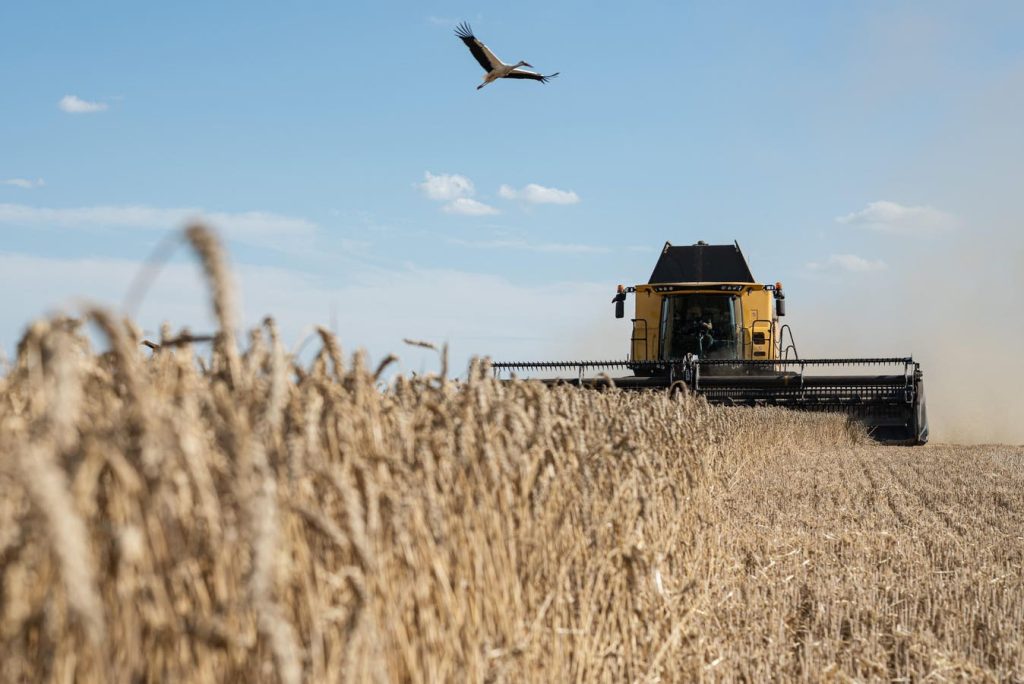As geopolitical tensions continue to rise across the globe, many investors are turning to wheat futures as a hedge against potential turmoil. Shawn Hackett, an expert in agricultural commodities, points out that in times of conflict, the wheat market tends to outperform other commodities. With recent crises such as the Russian invasion of Ukraine and attacks in the Middle East, the need for wheat as a staple food source becomes even more critical.
During times of war, the supply of wheat can be disrupted, leading to higher prices for essential food items like bread. Historically, during World War I and World War II, wheat prices tripled as countries fought for resources. In anticipation of potential conflicts, countries often secure wheat supplies to ensure their populations are fed. This makes wheat an attractive option for investors looking for a safe haven asset in uncertain times.
The specific type of wheat to watch for geopolitical hedging is CBOT wheat, as it is closely related to the price of Russian wheat. Russia, prior to the invasion of Ukraine, was a major exporter of wheat, making its prices highly susceptible to global conflicts centered in the Middle East. Hackett’s report warns that if tensions continue to escalate, Russian wheat prices could skyrocket, presenting a significant opportunity for investors looking to capitalize on geopolitical instability.
Hackett’s cycle analysis points to 2026 as a year of potential crescendo for geopolitical instability, mirroring the lead-up to World War I and World War II. With unpredictable weather patterns adding further complexity to agricultural markets, the potential for crop failure or yield reduction is a real concern. Investors are urged to take action now to protect against potential risks and consider purchasing futures contracts or investing in exchange-traded funds tracking wheat prices.
Currently, wheat prices are around $6 per bushel, but in the event of a major conflict, prices could surge to $18 or higher. Unfavorable weather conditions, such as droughts or frosts, could further impact crop yields and supply levels, driving prices even higher. While there is no guarantee that these scenarios will play out, taking steps to hedge against potential risks is a prudent move for investors looking to protect their portfolios in uncertain times.
Whether through futures contracts or ETF investments, individuals can participate in the wheat market and potentially benefit from price movements driven by geopolitical events and weather disruptions. While the prospect of global conflict is unsettling, being prepared for potential outcomes is essential in navigating volatile market conditions. By considering wheat as a strategic asset in a diversified portfolio, investors can position themselves to weather uncertain times and potentially benefit from market opportunities as they arise.


